Search Results for 'Donal Taheny'
8 results found.
Eugene Daly, survivor of the Titanic
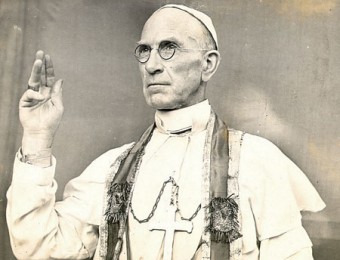
Eugene Daly was a 29-year-old weaver in Athlone Woollen Mills who decided to leave his job and go to America. He paid £6-19 for a third class ticket and boarded the Titanic at Queenstown. He was a piper and played native airs on board the tender on the way out to the liner. One of the survivors later sourly noted, “Looking astern from the boat deck, I often noticed how the third-class passengers were enjoying every minute of the time, a most uproarious skipping game of the mixed double was the great favourite whilst “in and out and roundabout” went a man with his bagpipes playing something that ‘faintly’ resembled an air.”
Public lecture on the Franciscans in Galway
The Old Galway Society will hold a public meeting on the history of the Franciscans in Galway city next week.
The back of the arch
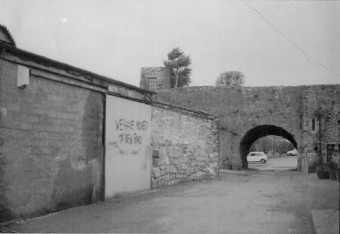
The buildings we see on the left of our photograph were once two-storey houses which featured on the 1651 map of Galway. Some years ago, in this column, we showed a painting of those houses and also the ones across the street which gave the impression of a continental atmosphere to this area. According to Griffith’s Valuation, which was published c1855, the houses on the left were occupied at that time by Dennis Quinn, Patrick Commons, and Michael Derrane, all of whom kept lodgers.
The Garra Glas in the Claddagh
The Garra Glas (The green field or green garden) was an area of the Claddagh which corresponds to where the Fire Station is today. Our photograph was taken in the 1930s when things were changing in the area .. the old Claddagh houses were being gradually knocked down to make way for those that are there today. Kerbstones were being laid down to frame the newly laid road surface. The house we see on the left belonged to the Flaherty family. The building next to it was obviously converted from a cottage into a workshop of some kind with the large beam supporting the double doors. Next door was Cubbards. You can see someone peeping out the door.
The Galway sessions
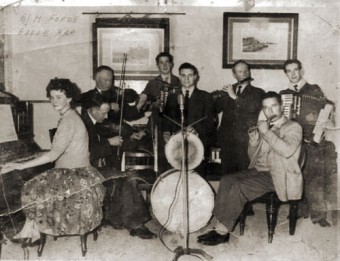
Comhaltas Ceoltóirí Eireann in Galway was formed in the mid-fifties by schools inspector Pádraic Ó h-Eidhin and by Dr Galligan. Groups of musicians began to meet in St Patrick’s School, the Industrial School, and Mattie Forde’s Eagle Bar on the corner of Henry Street and William Street West. This represented the first stirrings of general interest in Irish traditional music in the city.
Seoda...Seoda...Seoda
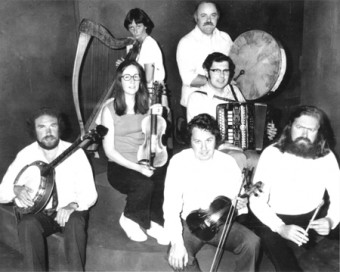
In 1951 Comhaltas Ceoltóiri Éireann was set up to promote traditional Irish music. The first Galway branch was formed about 1965 and initially they held a committee meeting every week. Then somebody suggested they have a session every week instead, and this they did, in Martin Forde’s Eagle Bar in William Street West. Mind you, the session could not start until Mrs Forde had finished watching The Fugitive on television. These sessions became hugely popular at a time when very few pubs in Galway allowed live traditional music.
A trilogy of views on Galway
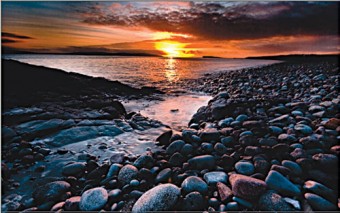
“THERE ARE always two people in every picture: the photographer and the viewer.” So said American landscape photographer Ansel Adams, and this idea forms the backdrop to a new exhibition which opens this week.
Some memories of a Galwegian
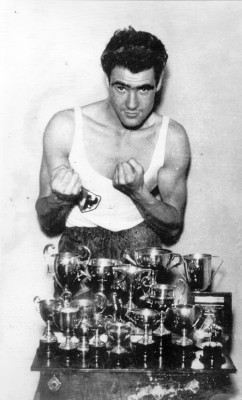
Michael Gillen was born in a house on a corner at Galway Docks in 1933. His family soon moved to Cooke’s Terrace in Bohermore, which he describes as “the best place I have ever lived in... you could not find a bad neighbour”. He had a “massive childhood”, much of it revolving around sport. Two of his great mentors were Tom Fleming and Martin King, both from Bohermore and both All-Ireland winners with the Galway hurling team in 1923. Michael’s dad grew vegetables and potatoes in ‘The Plots’ on the Headford Road, and his mother kept chickens in the back garden. Michael was always chasing them around, which is probably the reason why everyone called him Chick. This nickname stuck to him to the extent that one day, when a gang of his pals called to the door and said, “Is Michael in?” his mother had to think before she finally replied, “Do you mean Chick?”

